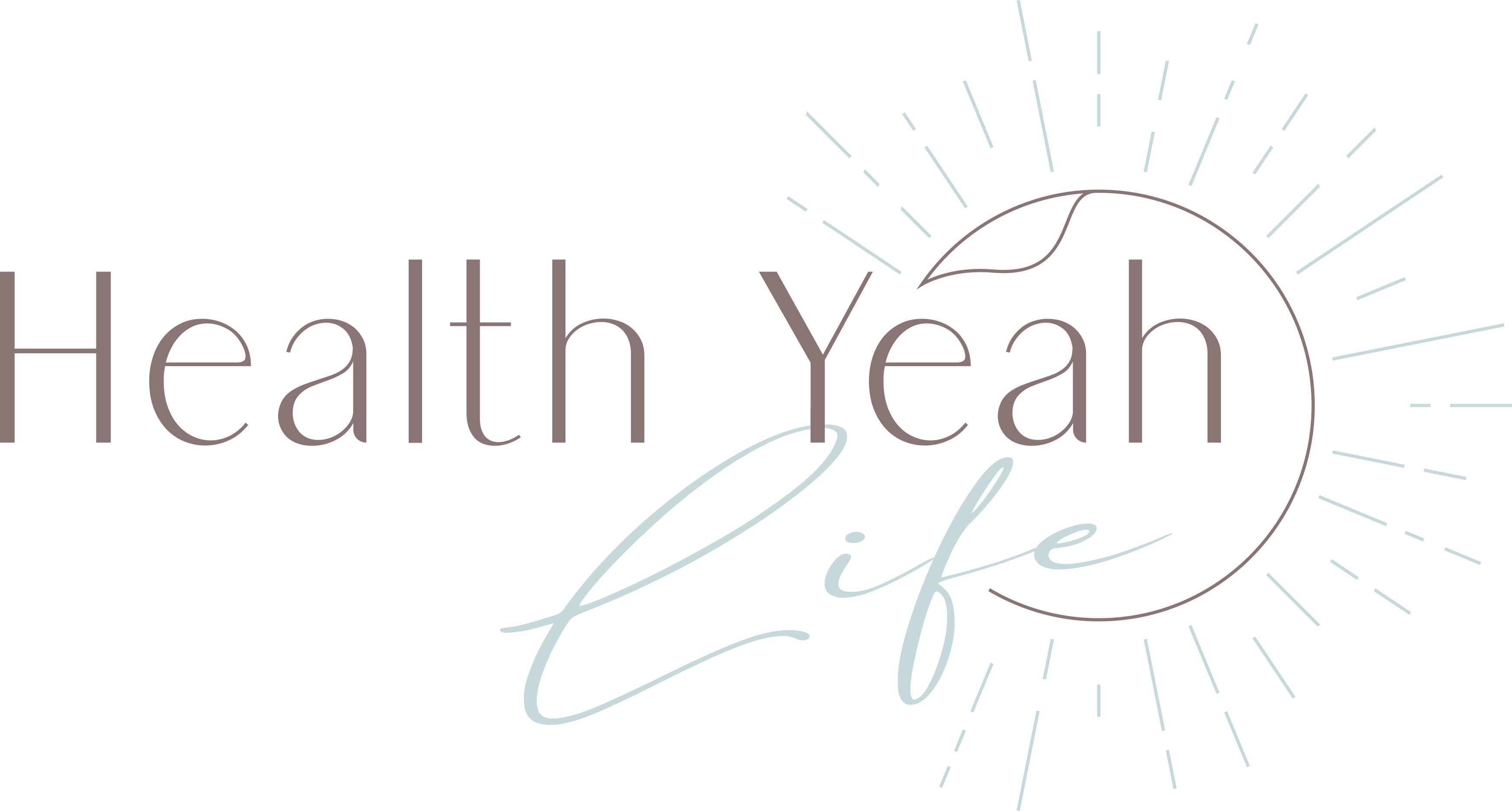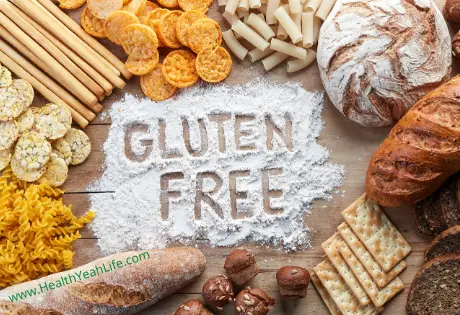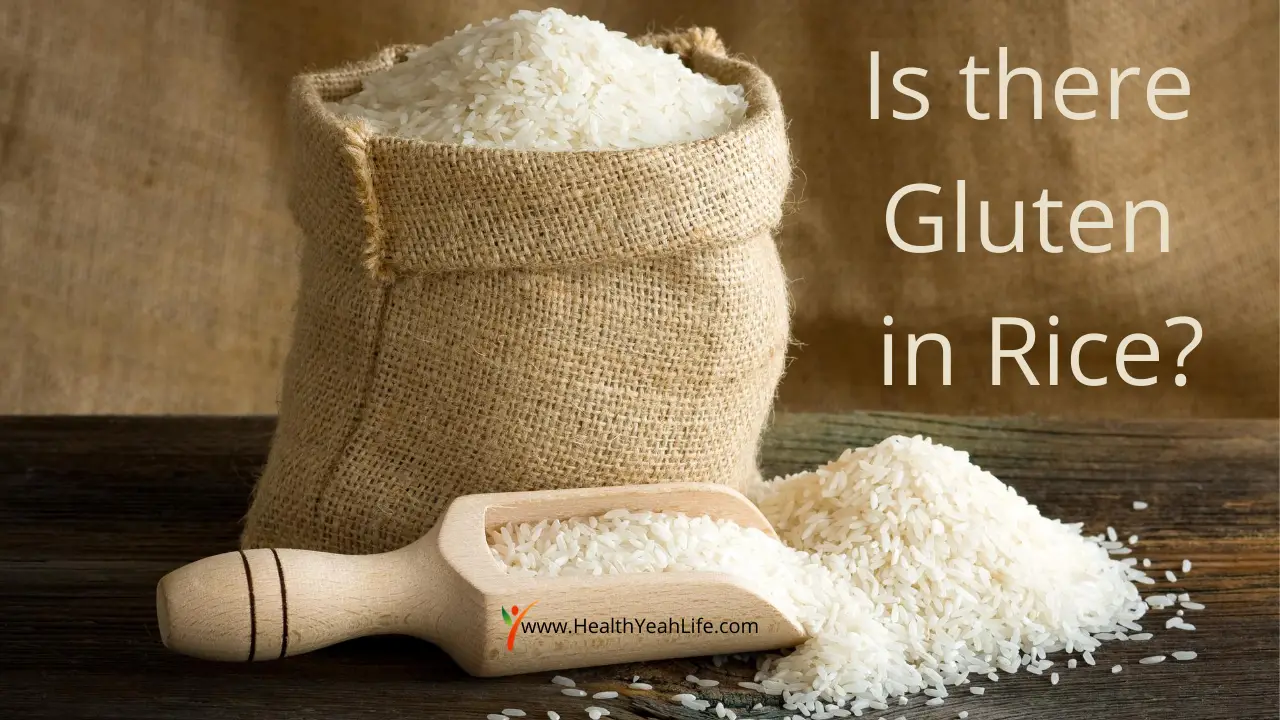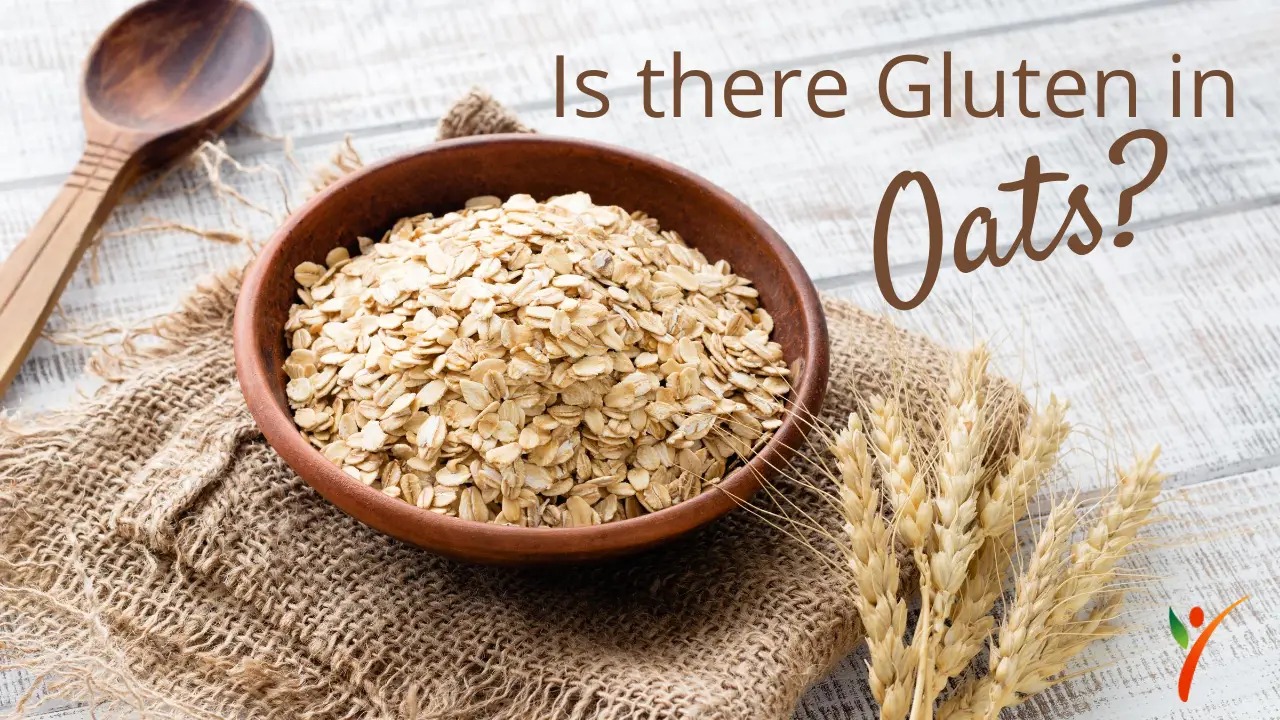Breakfast cereals are perfect for a quick, nutritious breakfast, or even if you're in the mood for a snack. However, cereals are made from grains, which may make you curious as to if you can eat them on a gluten-free diet? The answer is yes but also no. Read on to learn more about gluten in cereals.
What are Cereals?
This member of the grass family is referring to the crops cultivated for dry grain. Cereals are marketed either as an ingredient of a food product or in their grain form. Since their consumption is at such a large scale in the US, they are also a staple food globally.
In 2012, the global breakfast cereal market generated 30 billion dollars, 1/3rd contributed by the US alone. According to the FAO definition, there are 17 different types of cereals: wheat, rice, barley, maize, popcorn, rye, oats, millets, sorghum, buckwheat, quinoa, fonio, triticale, canary seed, mixed grain, and cereals nes.
Gluten and Cereals-
Gluten is what a protein is when found in some cereals that can trigger a severe allergic reaction. Many suffer from gluten-related ailments, i.e., celiac disease, wheat allergy, non-celiac gluten sensitivity, dermatitis herpetiformis, and gluten ataxia.
These can have adverse health effects, and for this reason, one should be diligent. We have a complete guide for you about which types of cereals contain gluten that you should stay away from and those that are safe to eat.
Types of Gluten-Containing Cereals

Without a doubt, cereals hold a significant position in the breakfast section. For starters, let's dive into common types of cereals on the market shelves that contain gluten. It will further help you so that you can avoid these breakfast cereals on a gluten-free diet.
Wheat-
Wheat is one of the most common components in breakfast cereal. It is one of the grains you need to be avoiding at all costs on a gluten-free diet. This type of cereal contains gluten, which is a composite and is a representative of gliadin.
All the varieties have gliadin in concentrations greater than 20ppm. Any breakfast cereals that contain wheat are likely to trigger your celiac or gluten sensitivity symptoms. Simultaneously, you'll also need to avoid breakfast cereals with whole-grain wheat as much as refined wheat cereal.
Rye-
Rye is another member of the grain family with wheat that contains gluten. It is often dried and manufactured into breakfast cereals. Other than your traditional flakes and milk, rye is also a typical cereal for making porridge.
However, rye is also one of the significant gluten-containing grains. For this reason, you need to exclude any breakfast components produced from rye, such as rye flakes, chips, crisps, bread, etc.
Barley-
This nutty, chewy grain has recently made its way to a trending breakfast item. While barley is known for its numerous health benefits, barley and its products contain gluten. Barley has around 5-8 percent of gluten making products produced from barley a no-go on a gluten-free diet.
The gluten protein present in barley is named hordein. Recipes and products containing barley should not be included in a gluten-free diet. Hence, you'll need to stay away from any breakfast cereals that include barley in its ingredients.
Alternatives For Breakfast Cereals
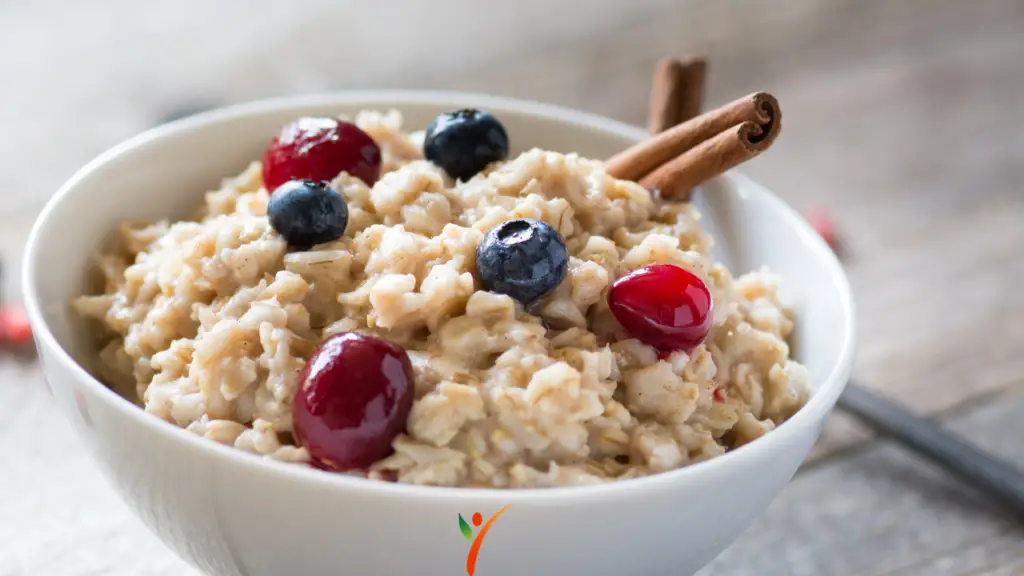
Before you decide to give up on eating your daily breakfast cereals on a gluten-free diet, you don't have to! While wheat, rye, and barley should be kept at arm's length when going gluten-free, there are tons of other options.
First things first, you'll need to know what cereals you can eat on your diet. Here are some gluten-free grains that make breakfast cereals you can eat without worrying about your diet.
- Corn
- Millet
- Rice
- Sorghum
- Oats (non-contaminated)
Adding Cereal to Your Routine
Now we're all well aware of the tradition of eating cereals with a bowl of milk to start your day. But cereal makes the perfect addition to your daily meals besides a breakfast bowl as well! There are multiple recipes you can experiment on with grains enhancing the taste and texture of it. Here are a few ideas for adding gluten-free cereals to your daily meal plans:
Trail Mix– Tired of eating the regular trail mix and need a little something to level it up? Cereal may be the answer. Trail mix is a nutritious snack that includes nuts, dried fruit, granola, chocolate, honey, and more. Cereal can complement your trail mix by adding that crunch and crisp to your nutritious snack or breakfast.
Crispies- Made from cooked rice, dried, and then toasted for a flavorful light snack. The thin layer of rice adds to the texture, making it a tasty delicacy for light snacking throughout the day. You can grab your favorite gluten-free rice cereal and make your crispies a delicious start to your day.
Toppings- Here's another surprise for you if you haven't already tried it, cereal makes for unique topping! Whether you have oatmeal, ice cream, or yogurt, adding cereal as a topping is a yummy way to enhance your food. You don't even have to go through an entire cooking or baking process for this tasty treat.
Cereal Coating- Cereal-coated chicken is a delicious way to bake with, and for all the right reasons. Coat your protein preference with cereal, giving it a slightly sweet flavor alongside a crispy texture. You can even grind your cereal to a more refined consistency to substitute for gluten-containing bread crumbs.
Recipe for Crispy Nuggets
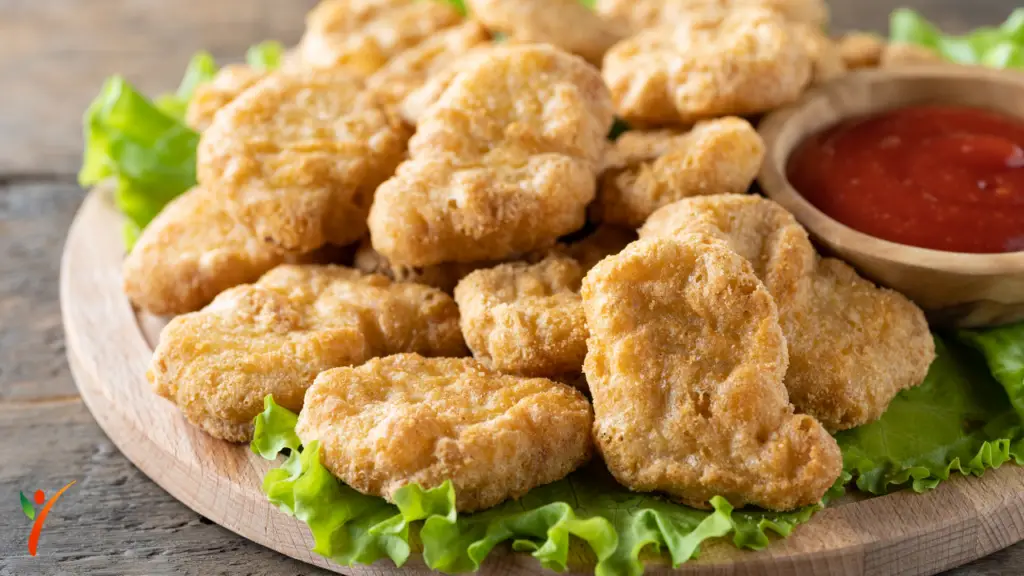
Here's the ideal recipe for crispy nuggets that won't ruin your gluten-free routine. Nothing beats yummy chicken nuggets. You shouldn't miss out on this delicious recipe.
Ingredients
- 2 cups of cereal
- 1/2 teaspoon salt
- 1/4 teaspoon pepper
- 1/4 cup milk
- 2 tablespoons honey
- 1 tablespoon mustard
- 1 lb boneless chicken
- 2 tablespoons melted butter or margarine
Directions
- Cut your chicken, breast or thighs, into 1-inch pieces.
- Heat the oven at 400° F. Simultaneously, take out a 13 x 9″ pan and grease or spray it with cooking spray.
- Grind or crush your cereal into a refined mixture. Mix the refined cereal, salt, and pepper in another bowl, mix the milk, honey, and mustard. Start coating your chicken in the milk mixture and then the cereal mixture.
- Place the coated chicken pieces in the pan and drizzle butter over it.
- Baking for 20-25 minutes or until they are golden brown and the chicken is thoroughly cooked from the center.
Gluten-Free Cereal Options

Since we have spoken about the types of grains, you can eat on a gluten-free diet for gluten-free breakfast cereals. You can find utterly gluten-free cereal brands as well as renowned brands with particular gluten-free products. The following are the most famous gluten-free cereals in the US to add to your breakfast:
Kellogg's:
Kellogg's started as an American food manufacturing company, now functioning as a multinational company worldwide. Being famous for its breakfast cereals as well, Kellogg's has gradually adapted to the gluten-free trend. However, only a handful of Kellogg's cereals are stated as gluten-free by the manufacturer.
Some of these include Special K Gluten-Free Cereal-Touch of Brown Sugar, Kashi Indigo Morning Cereal, Kashi Clusters-Vanilla Pepita, Bear Naked Cacao, and Cashew Butter Soft Baked Granola. Moreover, while a few Kellogg's products are wheat-free such as Krispies, Frosted Flakes, and Corn Flakes, they're not gluten-free. It is because these cereals still include gluten-containing ingredients such as malt. Hence, ensure you're checking for a gluten-free label or contact the manufacturer.
General Mills:
General Mills is another well-known name for breakfast cereal manufacturers. It has been one of the major brands that have entirely made their Cheerios and Lucky Charms line gluten-free. The Cheerios and Lucky Charms products by General Mills are made from oats and are safe from cross-contamination.
However, the company has clearly stated that Chocolate Lucky Charms are not gluten-free due to gluten-containing ingredients. Overall, General Mills cereal is a good option for tasty yet nutritious breakfast cereals when going gluten-free.
Kay's Naturals:
Kay's Naturals comes with the perfect alternative to traditional Cheerios. This cereal brand has substituted gluten-containing grains with corn and rice for its gluten-free products. It also comes in various gluten-free flavors, such as honey almond cereal and french vanilla cereal.
One of the best things about this cereal is that it's both fat-free and low in sugar. Hence, you'll also be avoiding the extra fat and sugar with this cereal on your shelf.
EnviroKidz Lightly Frosted Amazon Flakes:
Kids can sometimes be picky in terms of eating food. Similarly, if you're missing the classic Kellogg's Corn Flakes that have gluten-containing ingredients, this is the next best cereal. These frosted flakes are gluten-free made from healthy ingredients, i.e., organic corn and cane juice.
Conclusion
Don't think that you can't eat cereal as a part of a nutritious breakfast on your gluten-free diet routine. As long as you're reading the ingredients on cereals that may contain gluten-containing grains or additives, you're good to go!
You don't have to restrict yourself as long as you know what you should be looking for in the stores. You will be able to purchase gluten-free labeled cereal and enjoy a healthy breakfast.
Live Extraordinarily!

The owner of this website, HealthYeahLife.com, is a participant in the Amazon Services LLC Associates Program, an affiliate advertising program designed to provide a means for sites to earn advertising fees by advertising and linking HealthYeahLife.com Review to Amazon properties including, but not limited to, amazon.com.
